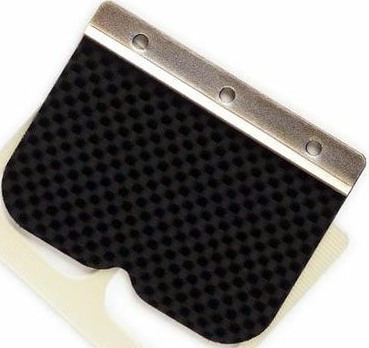Ask the Editors: Do All 2-Strokes Have Valves?

Valves on both ends? Yes, sometimes.
Your math checks out but here’s where things differ – the four-stroke has to have to those valves to complete an engine cycle. Two-strokes, while many did indeed come equipped with reed and power valves, do not. The basic function of its engine cycle do not require either one and, in fact, it’s very likely your small bore appliances (things like chainsaws and weed whackers) do not have either.
So what’s the point of them? As we established in the power valve examination, use an on-the-fly variable exhaust port simply made the available power characteristics of the engine change. Tuners used to have to drill new exhaust ports in the cylinder to accomplish this and even then, were stuck with whatever power characteristic the new exhaust hole (port) provided. The power valve changed all this by opening and closing on the fly – literally changing how much exhaust could escape based on the situation. In short, this made the usable portion of the two-stroke’s power output much wider.
As for the reed valve, this is another interesting invention just on the intake side of the cylinder rather than the exhaust. At its simplest, a two-stroke can count on a simple hole in the cylinder wall called an intake port to allow fuel and air to enter for combustion. What would cause this to happen? The natural vacuum created by the piston traveling down the bore.
While this design is incredibly simple and effective, any port hole that remains open at all times allows back-pressure to escape the opposite direction. Especially at low RPM, some of the air fuel mixture would inevitably escape through the port and back into the carb, making the engine run rich. A simple check valve could keep this from happening – and thus was born the reed (or reed valve).

A simple case with flexible pedals (reeds) that could only flip open in one-direction mounted between the carburetor and the intake was the solution. Many performance two-strokes adopted them in the late 80s/ early 90s.
It should also be noted that the reed valve isn’t the only game in town. Two-strokes running rotary valves to accomplish the same task also exist.

